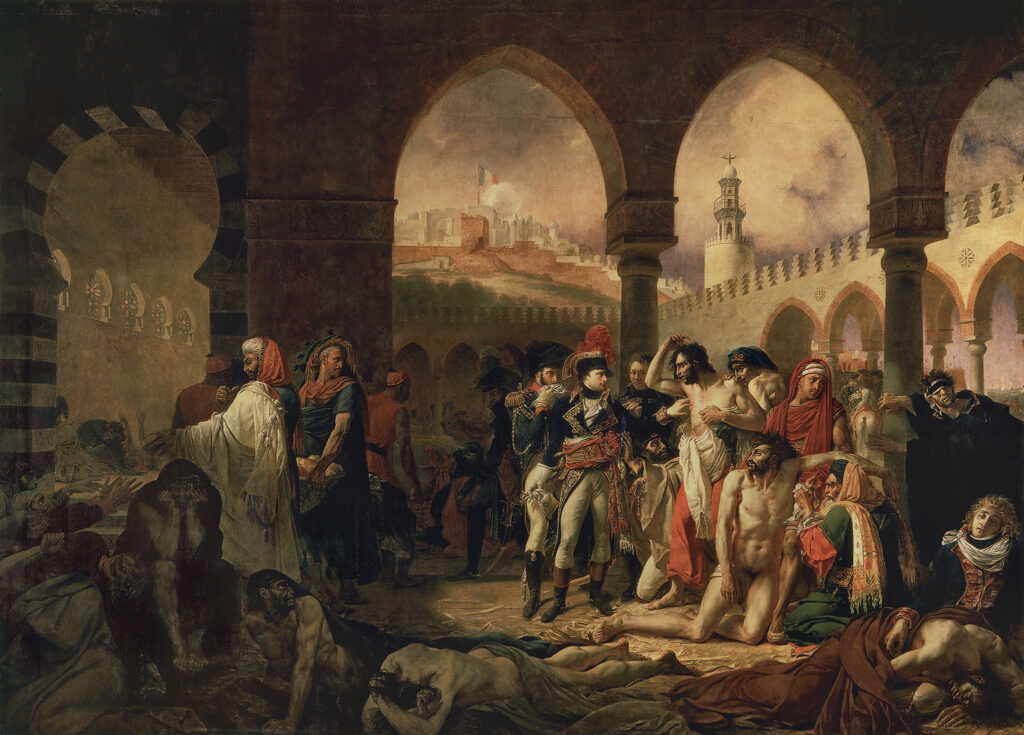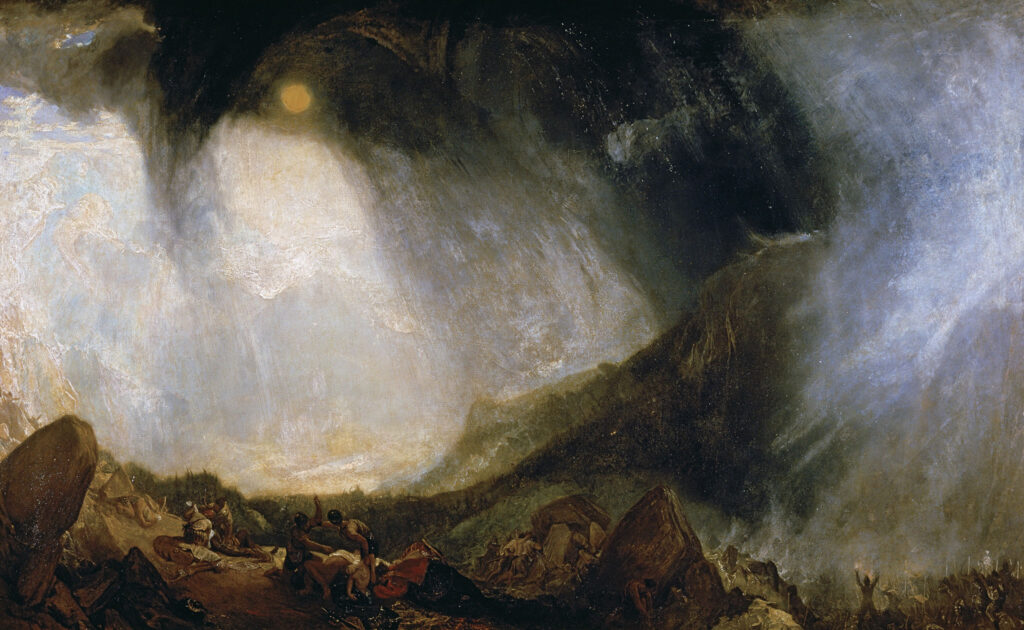Understanding Romanticism
I can’t believe that my time in high school is almost over. Last I checked there are only five weeks, five exams, and one final paper left! After that, it’s hard to believe there’s nothing else until September. Honestly though, I look forward to starting the next chapter of my life in September, having a clean slate, and enjoying a summer without any commitments.
The good news is that art history is still a present addition to my quarterly curriculum! For the third and final time in high school, I am back in the virtual Running Start classroom with an online course on modern art. For anyone who doesn’t know, modern art basically means everything after Baroque art. Everything from the cute gardens of cupids and happy rich people in Rococo painting to those spinning paint cans you see on Instagram is all considered modern art.
Going into this class, I actually struggled with figuring out the exact definition of one of these genres: Romanticism. To be honest, it does look quite similar visually to its sister genre Neoclassicism and they did often intermix. Luckily, one of my assignments alleviated this confusion. In case anyone out there is also struggling with figuring out Romanticism and its differences from Neoclassicism, I hope this essay helps!
While the firmly established academic norms and trends of Neoclassicism sought to edify and embrace the Classical principles of rationality, Romanticism – the former’s parallel yet grossly differing genre – desired the self-discovery of unique emotions and their expressiveness. Originating primarily from Great Britain, Romanticism differed from Neoclassicism in that instead of “celebrat[ing] the universal and rational,” it chose to embrace the “individual and the subjective.” Throughout the eighteenth and first half of the nineteenth centuries, Neoclassicism and Romanticism would serve as parallel – and sometimes intertwining – art genres.
One of, if not the, primary tenets of Romanticism was its ever-present emphasis on emotional expressiveness. Romanticist paintings often sought to “stimulate the viewer’s emotions” by exploring subjects taken from a wide range of source material from historical events and literature all the way to the natural world. Arguably, Romanticism perhaps cared more for the emotions behind a story or a moment than the actual objective structure of that moment, a primary interest of Neoclassicism.
Example #1: Antoine-Jean Gros’s Napoleon in the Plague House at Jaffa (1804)

Gros, Antoine-Jean. Napoleon in the Plague House at Jaffa. 1804, Musee du Louvre, Paris. Pearson.
While Antoine-Jean Gros was the protégé of Jacques-Louis David, a pillar of the Neoclassical movement, his notable 1804 work Napoleon in the Plague House at Jaffa arguably steers towards the direction of Romanticism. While the painting undeniably features Neoclassical roots, such as the “shallow stage” and framing pillars serving as an homage to David’s Oath of the Horatii, the interpretation of the moment employs the techniques of Romanticism. Here, Napoleon is featured as a brave and heroic figure, through the use of compositional techniques centering viewers’ gaze on him as well as his demeanor. Fearless of his infected soldiers, Napoleon is arguably a larger-than-life figure in Gros’ painting. The nature of this work and its embracing of the emotionality of the scene definitely places it not fully, but partially, within the sphere of Romanticism.
Example #2: Joseph Mallord William Turner’s Snowstorm: Hannibal and His Army Crossing the Alps (1812)

Turner, Joseph Mallord William. Snowstorm: Hannibal and his Army Crossing the Alps. 1812, Tate, London. Pearson.
To the Romanticists, nature was a unique, uncontrollable, and an awe-inspiring “allegory” to human emotions. Due to this philosophy, nature paintings became a staple of the Romanticism movement’s desire to explore human emotion and its unique quantities. One of England’s most famous Romanticist painters was Joseph Mallord William Turner, who through his work often sought to capture the “sublime.” According to the philosopher Edmund Burke, the sublime is a state of absolute awe; where what we are viewing is arguably too grand to rationally quantify. Turner’s desire to capture the sublime can be perfectly represented in his 1812 painting Snowstorm: Hannibal and his Army Crossing the Alps. According to the textbook, this work “epitomizes Romanticism’s view of the awesomeness of nature.” Arguably, the darkened colors of the sky, the spiral like composition of both Hannibal’s army and the storm, and the sheer scale of the landscape he and his men traverse truly do invoke the sublime, making this work a solid example of Romanticism’s emotional expressiveness.
Sources: Stokstad, Marilyn and Michael W. Cothren. “Art History.” Pearson, 1/19/2017.